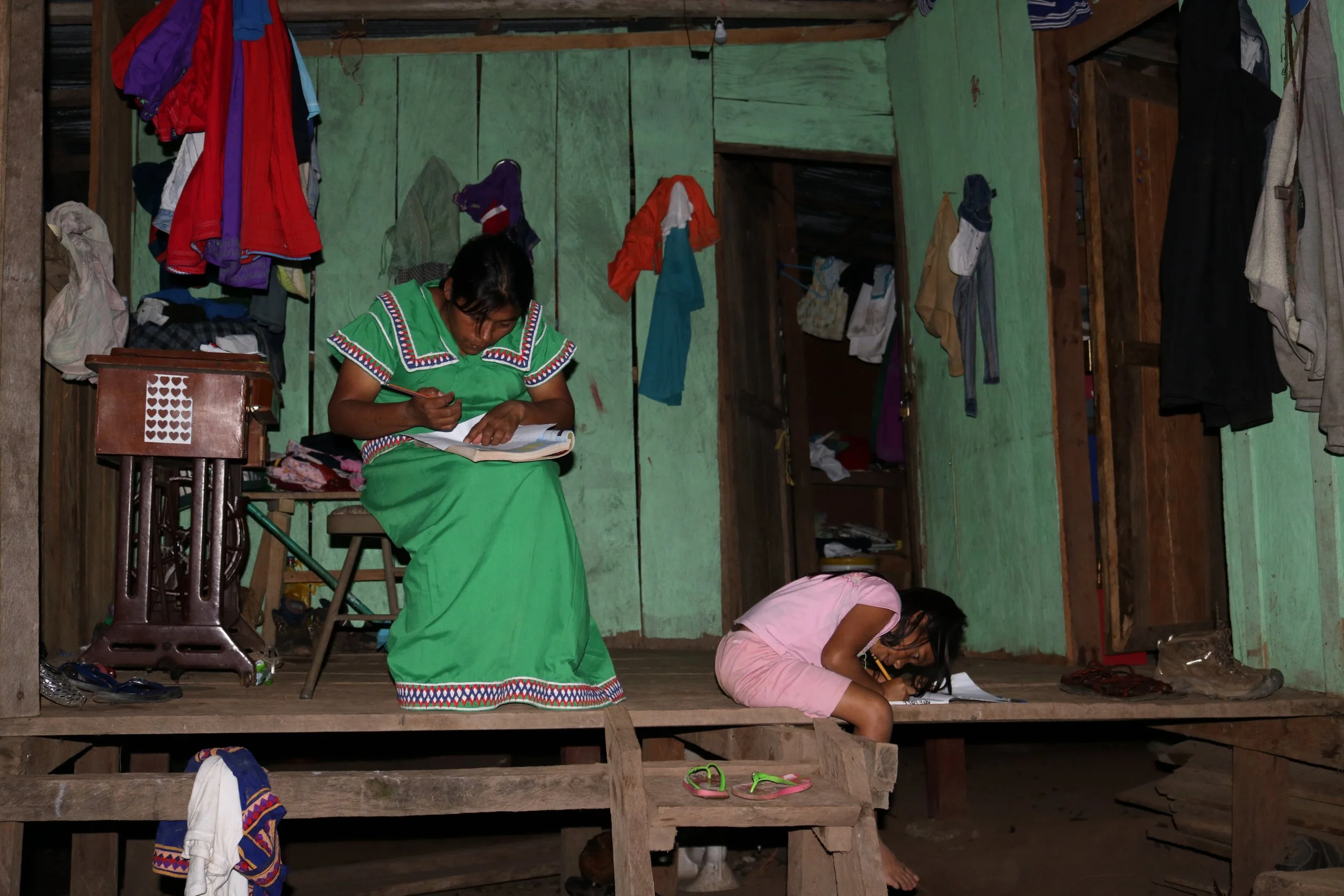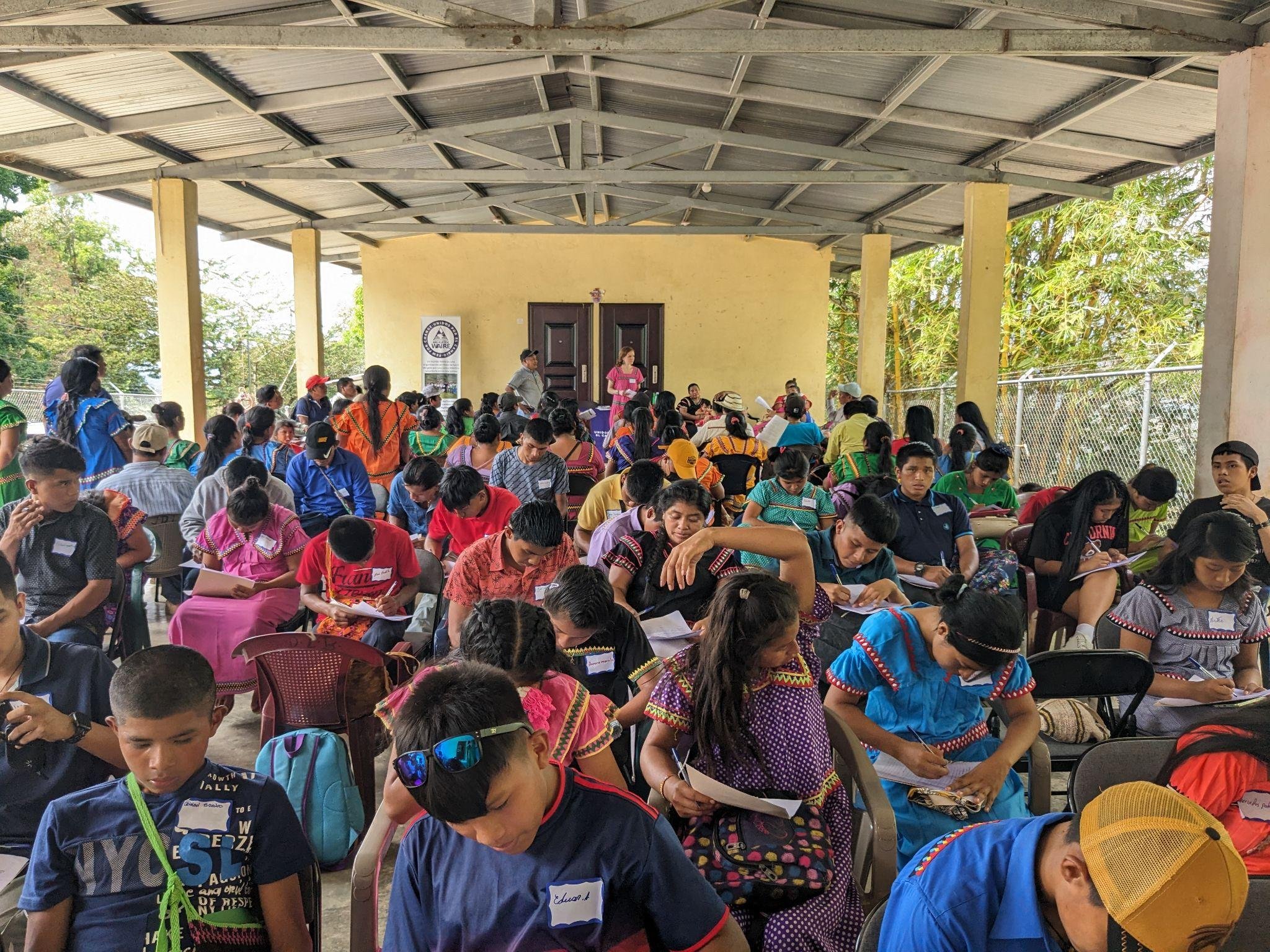When most people hear the word Carnaval, they think Brazil - people from around the world travel to Rio de Janeiro to take in the spectacle and enjoy the extravagant costumes, lively music, and of course, the parties. Though Brazil’s Carnaval is the largest in the world, a similar celebration happens each year in Panama. In fact, the celebration in Panama City is reportedly the second largest in the world, ranked only behind Rio de Janeiro.
Elaborate costumes at Carnaval in Las Tablas, Panama.
Much like in Brazil, Panamanian Carnaval begins on the Friday before Lent, the 40-day Christian season that starts on Ash Wednesday and ends on Easter. The name “Carnaval,” or carnival in English, supposedly means “feast of the flesh” and is celebrated prior to the solemnity of Lent. The celebrations extend from Friday through Tuesday, which is the day before Ash Wednesday, and is also known as “Fat Tuesday” or Mardi Gras. This year, the music, parades, dancing, eating and drinking began this past Friday, February 13th - we are right in the thick of it!
In Panama, the biggest celebration and best place to experience Carnaval is in Las Tablas, the capital of the Los Santos province located on the Azuero peninsula. In 2010, Few for Change Vice President Ariadne had the opportunity to attend the festivities in Las Tablas. In this town, things get extra lively because of a friendly but intense rivalry between streets in two different neighborhoods: “Calle Arriba” or High Street in the La Placita neighborhood, and “Calle Abajo” or Lower Street in the Punta Fogón neighborhood. Based on her pictures (all of the photographs in this article are courtesy of Ari), the celebration certainly lives up to its reputation for extravagance and fun!
Ari and friends in Las Tablas in 2010.
The five days of the Carnaval follow a general schedule, with some variation depending on where you are celebrating. Wherever you are, life generally stops and everyone starts to party. Everything begins on Friday with the opening ceremonies and the selection of the “Carnival Queen” and her attendants. The Queen presides over the daily parades and official events throughout the festival. After the queen is selected in Las Tablas, the festivities kick off with a parade and a fireworks display, and the partying lasts into the wee hours of the morning.
The mojadera - the cooling of the crowd!
Festivities resume on Saturday at 10 am with the “mojadera,” the tradition of getting soaked! Trucks with water cisterns drive around town, squirting people with hoses, and people with balloons and buckets filled with water roam the streets. There are more parades, incredible costumes, and celebrations lasting well into the early morning. Sunday is known as “Pollera Day,” with all of the women dressed in elaborate polleras (po-YER-as), the national costume of Panama.
Women dancing and wearing polleras - the national costume of Panama.
Each day, there are more parades and costumes, accompanied by typical Panamanian folk music, salsa, and reggae. Tuesday has the biggest celebration, a finale before the beginning of Lent. The festivities conclude with El Entierro de la Sardina, “the sardine burial,” which is a mock funeral with roots in Spain. Before dawn on Wednesday, a sardine is carried in a tiny coffin down the parade route, symbolizing a return to normalcy and parodying the sadness revelers feel for the end of the festival.
This year, Brooks, Katie, and Ari will be in Panama during part of Carnaval as they head to the Comarca for the yearly Entrega ceremony. We hope they have a wonderful time and can’t wait to hear stories and see pictures from this crazy celebratory time!
Street spirit!
Sources:
http://www.explorepanama.com/interest/carnival/carnival.htm
http://www.panamainfo.com/en/carnival-celebrations-dance-party-and-get-wet
http://www.panama1.com/carnaval_de_panama.php
http://en.wikipedia.org/wiki/Las_Tablas,_Los_Santos
http://en.wikipedia.org/wiki/Carnival#Panama
http://traveltips.usatoday.com/activities-during-carnival-panama-101275.html
http://www.radiolaprimerisima.com/noticias/24799/entierro-de-la-sardina-culmina-carnaval-de-panama



















